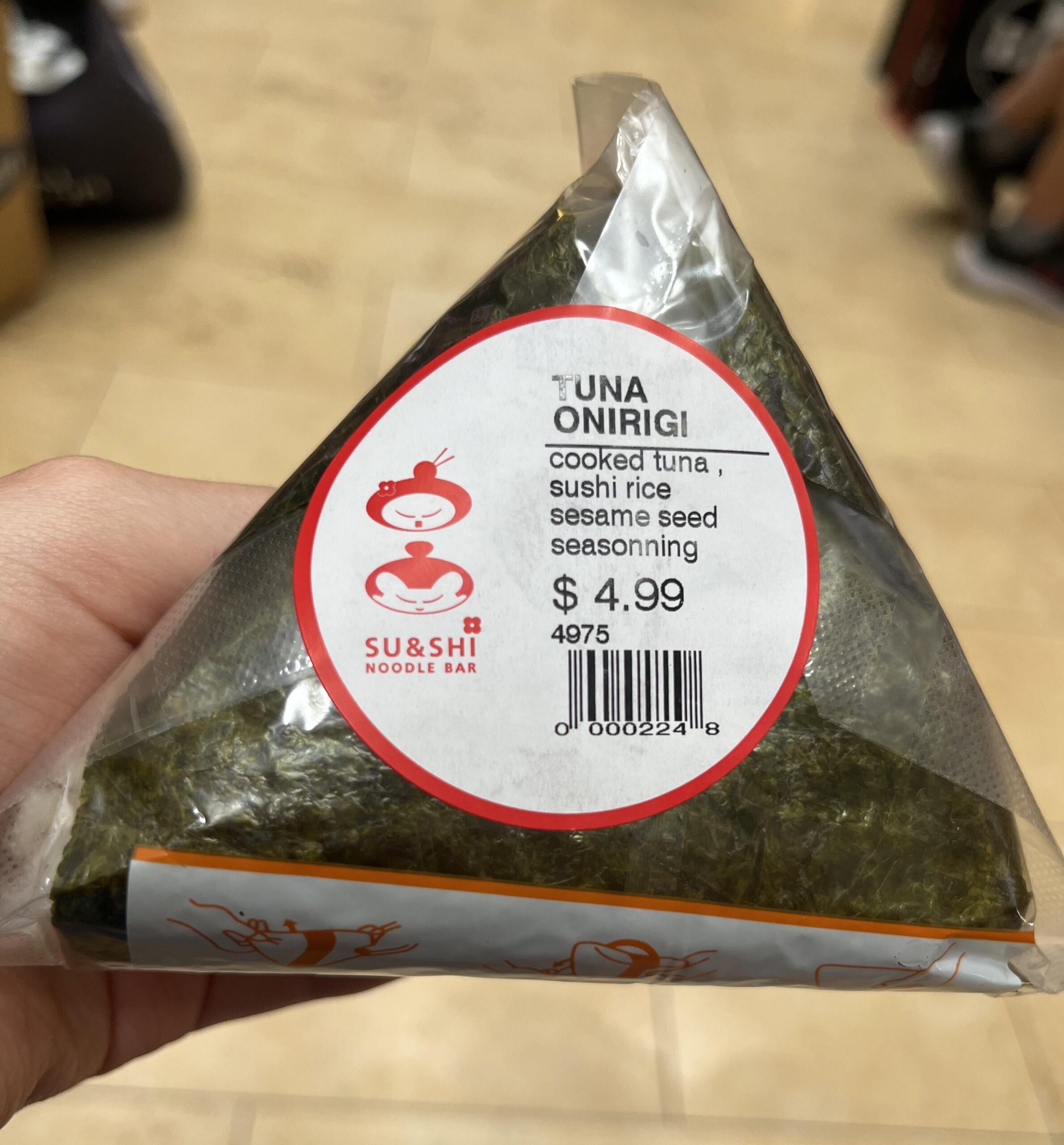

Exploring The Caloric Content Of Onigiri: How Many Calories In Onigiri
Onigiri, a beloved Japanese snack, typically contains around 200-300 calories per piece, depending on the filling and size. These delightful rice balls are not only delicious but also a convenient and satisfying treat for on-the-go snacking. Whether you enjoy them with savory fillings like salmon or pickled plum, or opt for a vegan-friendly option, onigiri provides a tasty burst of flavor in every bite. Curious about how many calories in onigiri? Let’s dive into the calorie content of this popular Japanese dish and explore some healthier variations to enjoy guilt-free.
How Many Calories in Onigiri: Exploring the Nutritional Content of Everyone’s Favorite Japanese Snack
Welcome to our comprehensive guide on the calories in onigiri! If you are a fan of this popular Japanese snack and are curious about its nutritional value, you’ve come to the right place. In this article, we will delve into the world of onigiri, exploring its calorie content and the factors that influence it.
The Basics of Onigiri
Before we dive into the calorie count, let’s first understand what onigiri is. Onigiri, also known as Japanese rice balls, is a popular snack that consists of rice formed into a triangular or oval shape and often wrapped in seaweed. It is a versatile snack that can be filled with various ingredients such as salmon, tuna, pickled plum, or seasoned vegetables.
Calories in Onigiri: A Closer Look
When it comes to the calorie content of onigiri, it’s important to consider the ingredients used in the preparation. The calorie count of an onigiri can vary depending on the type of rice, fillings, and seasonings used. On average, a typical onigiri ranges from 100 to 200 calories per piece.
Factors Influencing Calories in Onigiri
Several factors can influence the calorie content of onigiri. Let’s take a closer look at some of these factors:
Rice Type
The type of rice used in making onigiri plays a significant role in determining its calorie content. Short-grain rice, commonly used in Japanese cuisine, tends to be stickier and higher in calories compared to long-grain rice.
Filling Choices
The filling inside the onigiri can also contribute to its calorie count. Fillings like tuna or salmon are rich in protein and healthy fats, while fillings like mayonnaise or fried ingredients can add more calories.
Seasonings
Seasonings such as soy sauce, sesame seeds, and furikake (Japanese seasoning) can enhance the flavor of onigiri but also add some extra calories. It’s essential to be mindful of the amount of seasoning used to control calorie intake.
Health Benefits of Onigiri
While it’s important to be aware of the calorie content of onigiri, it’s also worth noting that this Japanese snack offers some health benefits. The combination of rice and fillings provides a good source of carbohydrates, protein, and essential nutrients.
Carbohydrates
Rice is a staple ingredient in onigiri, providing a source of complex carbohydrates that can help fuel your body with energy. Carbohydrates are essential for brain function and overall physical performance.
Protein
Depending on the filling, onigiri can also be a good source of protein. Protein is necessary for building and repairing tissues in the body, making onigiri a satisfying and nutritious snack option.
Essential Nutrients
Onigiri can be a vehicle for incorporating essential nutrients into your diet, depending on the fillings used. Ingredients like fish, vegetables, and seaweed offer vitamins, minerals, and antioxidants that are beneficial for overall health.
How to Enjoy Onigiri Mindfully
Now that you know more about the calories in onigiri and its nutritional benefits, here are some tips for enjoying this delicious snack mindfully:
Portion Control
While onigiri is a convenient snack, it’s essential to practice portion control to manage calorie intake. Consider having a balanced meal and incorporating onigiri as a part of it rather than relying solely on it as a snack.
Variety in Fillings
Experiment with different fillings to enjoy a variety of flavors and nutrients. Incorporating a mix of protein, vegetables, and seafood can make your onigiri more satisfying and nutritious.
Homemade Options
Consider making your own onigiri at home, where you can control the ingredients and portion sizes. Homemade onigiri allows you to customize the fillings and seasonings according to your preferences.
Onigiri is not only a delicious and convenient snack but also a versatile option that can be enjoyed as part of a balanced diet. By being mindful of the calorie content and ingredients used, you can savor the flavors of onigiri while reaping its nutritional benefits.
Whether you prefer a classic salmon onigiri or a creative vegetable-filled variation, onigiri offers a delightful eating experience that combines flavor, nutrition, and convenience. So, go ahead and indulge in a tasty onigiri knowing that you are making a flavorful and wholesome choice!
How Many Calories In Onigiri? – Japan Past and Present
Frequently Asked Questions
How many calories are in a typical onigiri?
A typical onigiri, which is a Japanese rice ball often filled with ingredients like salmon, tuna, or pickled plum, contains around 200-300 calories. The calorie count can vary depending on the size and fillings used in the onigiri.
Do different fillings in onigiri affect the calorie content?
Yes, the calorie content of an onigiri can be influenced by the fillings used. For instance, an onigiri filled with fatty ingredients like mayonnaise or fried chicken will likely have a higher calorie count compared to a simple onigiri with just rice and seaweed.
Are there low-calorie options for onigiri?
Absolutely! You can opt for healthier fillings like grilled fish, pickled vegetables, or plain steamed rice to keep the calorie count lower. By making mindful choices with the fillings, you can enjoy a delicious onigiri without consuming excessive calories.
Final Thoughts
In conclusion, the number of calories in onigiri varies based on the ingredients used, such as rice, fillings, and toppings. Generally, a plain onigiri contains around 200-300 calories, but this can increase based on added proteins or oils. Understanding the calorie content in onigiri is important for those monitoring their daily intake. Enjoying onigiri in moderation and incorporating it into a balanced diet is key to maintaining a healthy lifestyle. Paying attention to ‘how many calories in onigiri’ can help make informed food choices.


